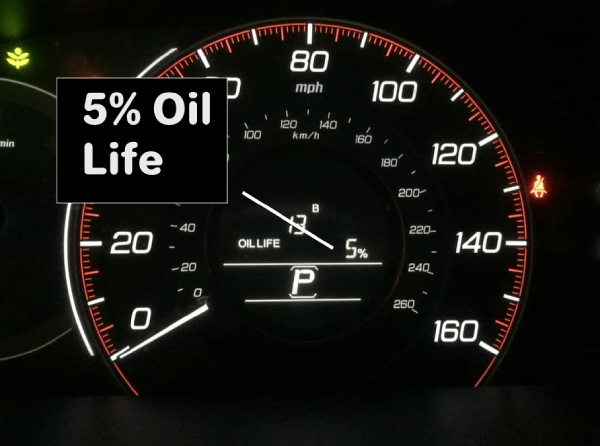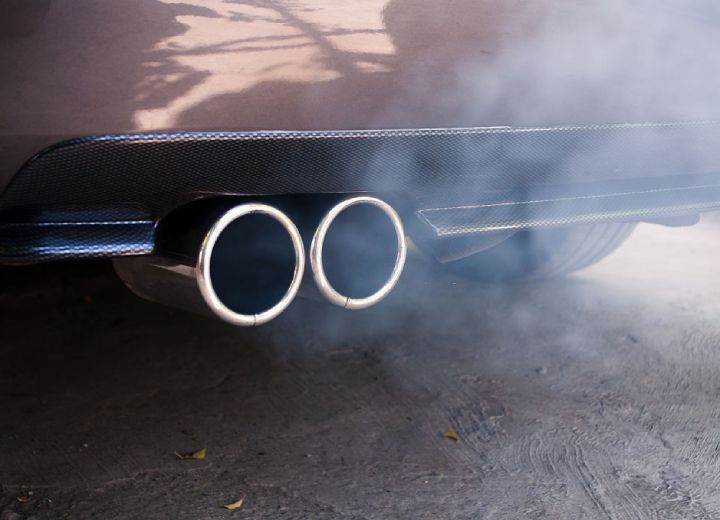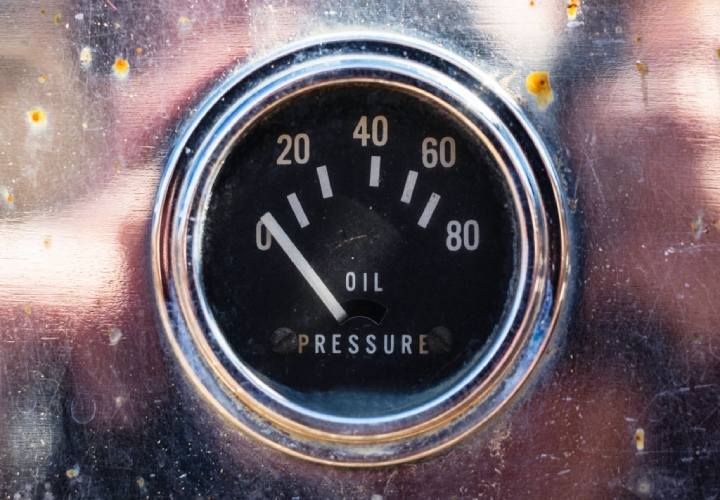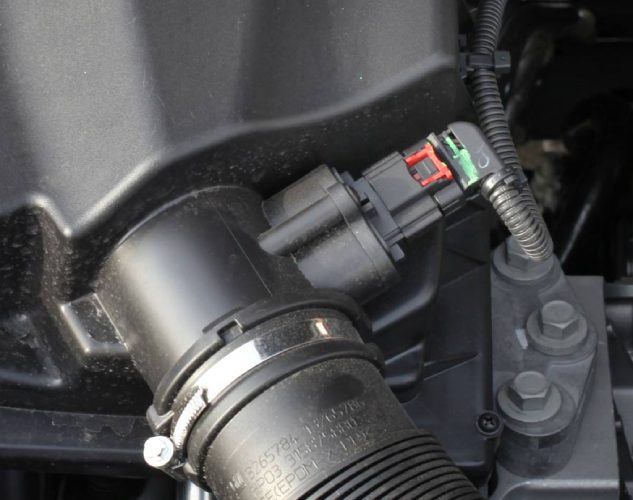An experienced driver could tell if there is a problem with the vehicle by paying attention to the noise and the driving experience. For instance, a faulty brake would easily be diagnosed by the high-pitched that is made once the brake is applied. Stiff steering could indicate low steering fluid or low tire pressure. But not all faults can be diagnosed this way.
Sometimes, we do not know that there is a problem with the vehicle until we get an alert on the dashboard. Most often, these alerts are in form of glowing red or amber light, and occasionally, we get a message that says we have “5% oil life”. This could be very confusing but don’t worry; in this article, I’ll tell you all you need to know about the 5% oil life.
What does 5% oil life mean?
This message can be very confusing if you are only seeing it for the first time. But there is no need to worry. It is meant to be a warning that your oil needs to be changed as soon as possible.
The 5% in this message refers to the integrity of the oil left in the engine. Like everything else, the oil in your vehicle’s engine degrades over time, and after a while, it loses its integrity to the point that it can no longer function effectively as it is supposed to.
The 5% oil life message is then displayed on the dashboard, telling the driver that the engine oil has run its course and would soon need to be replaced. The next question that many people ask after seeing this message is how soon they have to replace the oil.

How long does 5% oil last?
The lifespan of a motor oil depends on several factors like vehicle age, driving conditions, and the type of oil. An older vehicle will require frequent oil changes compared to a newer vehicle. The engine of a new vehicle has tight tolerances and does not need frequent oil changes. Over time, the engine parts begin to wear as the mileage increases.

Wear decreases the engine’s tolerance, meaning that the parts are no longer tightly fitted as they used to be. As the engine loosens, it uses up more oil; when this happens, the oil change interval shortens.
So 5% oil in an older vehicle will need to be changed much sooner than that in a newer vehicle. However, most drivers will like to know how many miles they can cover with 5% oil. To answer this, we must consider the brand of oil.
Motor oil is of two major types, synthetic and conventional oil. Synthetic oil is artificially engineered to offer better protection to the engine for a longer time. They are recommended for use with most modern engines, however, they do not have the same lifespan. The lifespan of your engine oil depends on the brand.
Some brands of motor oil will last between 3,000 to 5,000 miles before they need to be changed, while certain premium brands offer between 7,500 to 20,000 miles before there is a need to change the oil. But most synthetic oils could last anyway between 10,000 to 15,000 miles, depending on some of the factors I mentioned earlier.
Based on these numbers, 5% oil life means that you are still good for at least 500 to 1000 miles before it becomes vital to replace the oil in your engine.
At what oil life percentage should oil be changed?
The oil life monitoring system is an integral part of a car engine. With the help of sensors, this system can give us a measure of the quality of the oil in the engine displayed as a percentage. 100% means the oil still functions as it should, and 0 percent means the oil can not perform its functions anymore.
Between 100 and 0, a driver is expected to replace the oil in the engine. Depending on the car, a driver may begin to get an alert after about 5000 to 7000 miles (which is roughly 15% oil life).
This doesn’t mean it’s quite urgent, but it helps you know that soon you will need to replace the oil. Generally, 5% is the limit below at which it is advisable to carry out due maintenance on the engine. At 0% oil life, your vehicle is overdue for maintenance, and the remaining oil will probably create more problems than it will solve.
This includes contributing to the engine overheating and excessive engine wear from debris in the oil. To increase the lifespan of your car engine, you should probably replace the oil at about 15% to 5% oil life.
However, it is worth noting that you go well below this percentage without any significant damage to your car as long as you don’t do it so often.
Does the 5% oil life remaining message mean your oil level is low?
No. This is a common mistake made by most drivers, and after seeing this question on so many forums, I believe it is important to address the issue. The 5% oil life message indicates the quality of the oil in the engine. It does not indicate the level of the oil in the engine.
However, after driving for a while, the level of oil in the engine may drop, and coincidentally, you may notice this after the 5% oil life message comes up. The reason behind this coincidence is that the oil is being used up while driving especially if you are driving an old car.
Oil shortage is caused by oil leakage from worn piston rings, seals, and gaskets. Now without any physical leakage, it could be difficult to detect this problem since the leaked oil is burned up in the engine. This is why oil level is significantly different from oil life. If your car’s engine is leaking out oil, then you would still run low on oil even after adding new oil.
Some cars come with an oil level indicator which helps the driver know when they are running low on oil. However, a very common way of checking oil levels is by using the dipstick in your car’s engine.
Is the oil life percentage accurate?
Yes. The oil life percentage displayed on the dashboard is accurate. A study that compared highway cars vs city cars showed that although highway cars had more mileage, they lasted much longer than city cars and required less maintenance. According to the study, “A car with a recommended oil-change interval of 7,500 miles might require changes at 5,000 or even 3,000 miles if it sees nothing but stop-and-go use in heavy traffic”.
This study is relevant because the oil-change interval was predicted using the vehicle’s oil life monitoring system. Again, it proves that the system is sensitive enough to detect the different driving conditions of the vehicle.
However, the accuracy of the oil life monitoring system is mostly questioned if, after changing the oil, the low oil life percentage doesn’t go away. This does not happen often, but a few drivers have taken to forums seeking answers to this mystery. The number one cause of this is that the meter was not reset after changing the oil. The procedure for resetting the oil life monitor depends on the manufacturer.
You can find a compilation of how to reset the oil life monitor for some well-known car brands here. Another reason for inaccuracy could be due to a faulty sensor. Bad or old oil contains debris that can damage the sensor in the oil pump, causing it to give inaccurate readings. In this situation, simply resetting the system may not be effective.
What is a good oil life percentage?
There is no rule stating what a good oil life percentage should be. But anything between 100 to 40% is considered optimal. When the oil life hits 40%, then it means the oil has lost more than half of its quality. This does not mean the oil is no longer useful or is completely ruined, however, you will not be getting the full functionality. The oil life percentage indicated by the OLM depends on several factors that include;
- Driving conditions that involve frequent starts and stops, like when you get stuck in traffic
- Short trips in freezing weather
- Dusty or very hot weather conditions
- Turbo-charged engines
- Heavy duty operations such as towing
- High mileage engines or engines that burn oil
These conditions increase the chances of the oil being contaminated by water, fuel, dirt, the presence of corrosive acid forming agents, or exhaust gases. It also aids oil oxidation, sludge formation, oil volatility, and viscosity shearing problems. All these will shorten the oil change interval, and this is why a good oil life percentage is often kept as high as 40% to minimize engine deterioration.
Conclusion
Oil is one of the most important components of any automobile engine. Good oil guarantees longer engine life and a better driving experience. Bad oil could damage the engine and result in unplanned maintenance costs. It is important to always maintain a healthy oil life. In this article, I have talked about one of the most pressing questions about oil which is the 5% oil life. I hope this answers any questions you may have regarding the oil life percentage.
Iliah is the co-founder of Mechanic Ask, where he writes detailed step-by-step tutorials for repairs and mods. He also posts videos walking through things like engine swaps, suspension lifts, and tuning chips. Iliah uses his blog as an educational resource for car enthusiasts based on the knowledge he’s gained from 15 years as an ASE-certified master technician. His repair manuals provide even novice readers the confidence to take on big projects.








